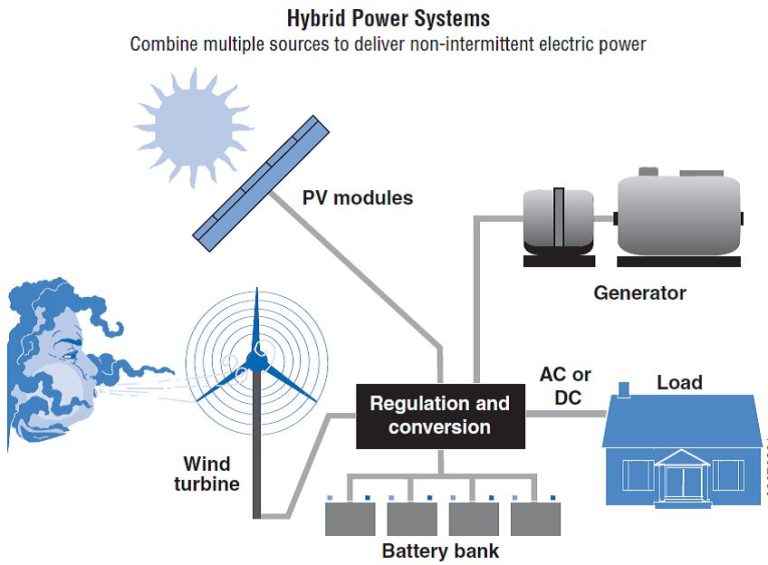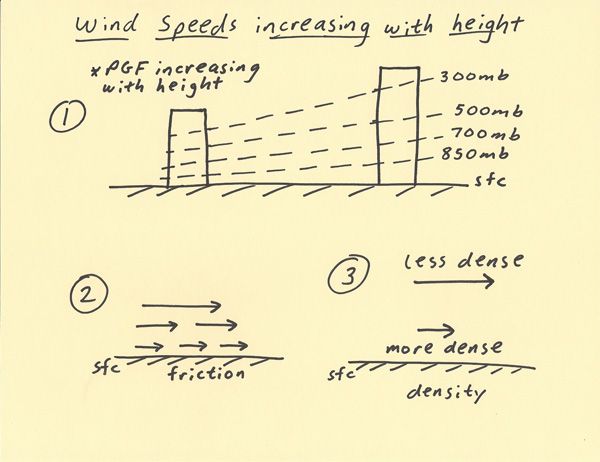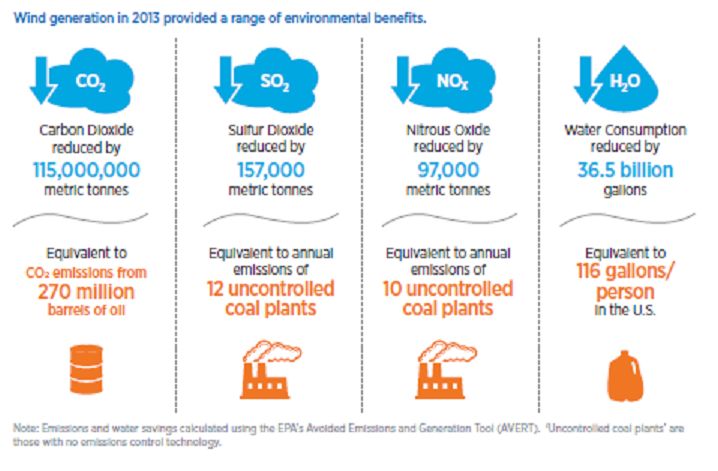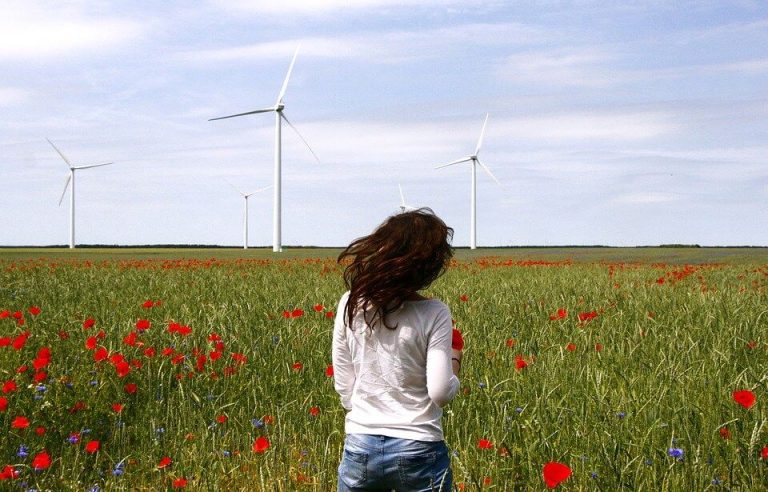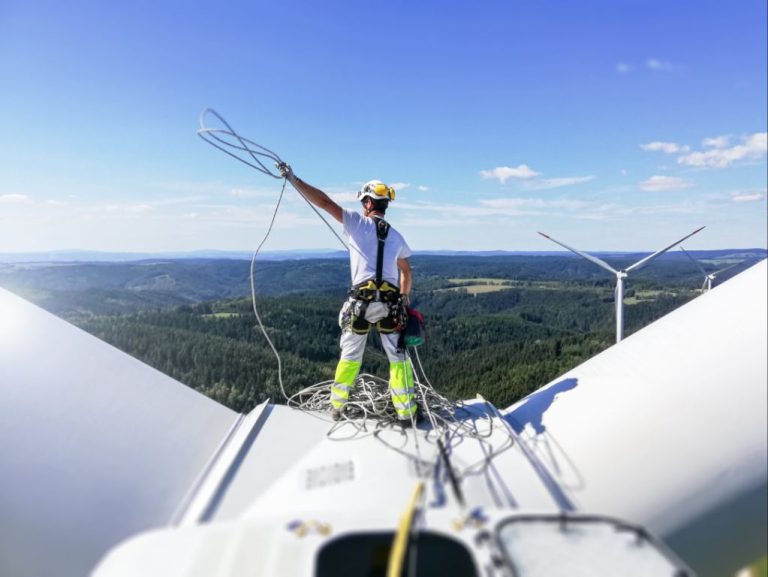How Is The Wind Created?
Wind is the movement of air from areas of high pressure to areas of low pressure. It is caused by the uneven heating of the Earth’s surface by the Sun. As the Earth’s surface absorbs and radiates heat at different rates based on factors like latitude, elevation, cloud cover, and surface features, air pressure varies from place to place. The differences in air pressure create a force that pushes air masses from high to low pressure zones, generating wind.
There are global wind patterns like trade winds, prevailing westerlies, polar easterlies, and jet streams driven by major pressure zones and the rotation of the planet. Local winds like sea breezes are created by smaller temperature and pressure differences. Weather disturbances like low and high pressure systems can also generate wind on a more regional scale. The interaction of all these forces leads to the complex wind patterns observed around the world and explains why and how wind is created.
Global Wind Patterns
The major global wind patterns on Earth are created by large-scale temperature differences between the equator and the poles. The intensity of solar radiation varies by latitude, with the equatorial regions receiving more direct sunlight than the poles. This uneven heating sets up convection cells in the atmosphere and oceans that drive global winds and currents.
The trade winds are an example of prevailing winds that blow from the subtropical high pressure belts towards the equator. These easterly winds occur between 30°N and 30°S latitude in both the Northern and Southern Hemispheres, blowing northeast in the Northern Hemisphere and southeast in the Southern Hemisphere. The trade winds converge near the equatorial low pressure belt called the doldrums, where they rise upwards in the Intertropical Convergence Zone before moving poleward in the upper atmosphere.
Other important global wind patterns influenced by Earth’s rotation and geography include the westerlies in the mid-latitudes and polar easterlies near the poles. Local topography can also shape winds, such as the mountain and valley breezes generated by temperature differences between land and sea.
Uneven Heating of Earth’s Surface
The sun does not heat the earth evenly. Different surfaces absorb and radiate heat at different rates, creating areas of higher and lower air pressure. For example, land heats up and cools down more quickly than water. Deserts absorb a lot of solar energy and become very hot, while oceans retain heat longer and have a moderating influence on air temperatures. These temperature differences create pressure gradients – areas of high and low pressure. Air flows from high to low pressure, setting the air in motion and creating wind.
During the day, the land warms up faster than the seas, so the air over land has lower pressure than the air over water. The difference in pressure causes the air to move from the higher pressure over water to the lower pressure over land, creating onshore winds. At night, the pattern reverses – the land cools faster than the ocean. The higher pressure air over land flows to the lower pressure over water, creating offshore winds.
The greater the temperature differences between land and sea surfaces, the stronger the pressure differences and the resulting winds. The extremely hot deserts and adjoining cooler oceans near continents like Africa and Australia generate some of the strongest winds on Earth.
Coriolis Effect
The Coriolis effect is one of the major influences on wind patterns around the world. This phenomenon occurs due to the rotation of the Earth on its axis. As the Earth rotates, the surface underneath the atmosphere moves at different speeds at different latitudes. Near the equator, the Earth’s surface moves fastest while the poles remain relatively still. This difference in motion affects the movement of air in the atmosphere, causing winds to curve as they travel across the globe.
The Coriolis effect deflects winds to the right in the Northern Hemisphere and to the left in the Southern Hemisphere. Rather than blowing in straight lines, winds develop a cyclonic curvature due to the Coriolis effect. This is why circulating wind patterns, such as hurricanes and cyclones, spin in opposite directions above and below the equator. Overall, the Coriolis effect plays a key role in the creation of global wind patterns and atmospheric circulation cells that transport heat from the equator to the poles.
Mountain Effects
Mountains have a significant impact on wind flow, speed, and direction due to the uneven terrain. As wind approaches a mountain, it is forced upward and over the peak. As the wind ascends the windward side of the mountain, the air expands and cools, increasing wind speed due to conservation of energy. The wind speeds up as it flows down the leeward side of the mountain into lower elevation areas. The downward slope causes the wind to compress and warm adiabatically, further accelerating wind velocity.
In addition, mountains can block wind flow entirely or redirect winds around them. When wind hits a mountain barrier, it splits into two airstreams that blow to either side of the mountain. This can create unique local wind patterns, funnelling winds through gaps and mountain passes. Mountains also shelter leeward valleys and plateaus from prevailing winds, creating relatively calm wind conditions on the downwind side. Overall, mountains have a major influence on speeding up, redirecting, blocking, and channeling wind flow.
Sea Breezes
An important local wind pattern is caused by the difference in heat capacity between land and sea. Water has a much higher heat capacity than land, so the sea takes longer to heat up and cool down than the land does. This temperature difference drives local onshore and offshore wind flows.
During the day, the land heats up faster and gets warmer than the sea. The relatively cooler, denser air over the sea flows inward to replace the warm air rising over the land. This causes an onshore breeze blowing from the sea onto the land on summer afternoons.
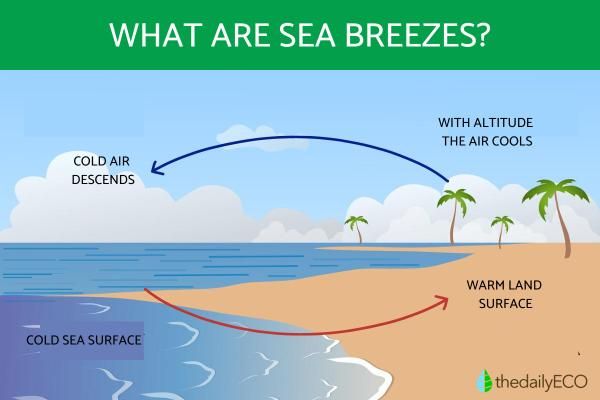
At night, the situation reverses – the land cools down faster than the sea. The cooler air over the land flows outwards over the relatively warmer sea, creating an offshore breeze blowing from the land out to sea. This daily cycle of onshore-offshore breezes circulates air and moderates coastal temperatures.
Weather Disturbances
Weather disturbances like low and high pressure systems can greatly impact wind patterns. Low pressure systems have less atmospheric pressure and make winds spiral into the center of the system. High pressure systems have more atmospheric pressure and make winds spiral out from the center.
The boundary between high and low pressure zones is called a front. When a cold front moves into an area, it means a cold air mass is replacing a warmer air mass, creating wind that blows from the cold dense air towards the warm lighter air. The opposite occurs with a warm front, where wind blows from the warm air mass towards the cold air mass.
As these weather systems and fronts move across an area, they cause major wind direction changes. The winds shift clockwise around high pressure zones in the Northern Hemisphere, while they shift counter-clockwise around low pressure zones. So the wind patterns greatly fluctuate based on the movement of these highs and lows.
Jet Streams
Jet streams are narrow bands of strong westerly winds in the upper levels of the atmosphere. These fast flowing, meandering air currents are located near the tropopause, which is the transition zone between the troposphere (where temperature decreases with height) and the stratosphere (where temperature increases with height).
Jet streams form as a result of significant temperature differences between two adjacent air masses. The large temperature contrast creates a steep pressure gradient, which accelerates winds along the boundary. Air flows from high pressure toward low pressure. So the strong winds of the jet stream are driven by the temperature and pressure differences between cold polar air masses and warmer subtropical air masses.
In the Northern Hemisphere, the polar jet stream flows from west to east near the 250 hPa pressure surface, while in the Southern Hemisphere, the polar jet flows from west to east near the 300 hPa pressure surface. The winds along these narrow fast moving jet streams can exceed 250 mph.
Local Factors
In addition to large-scale global wind patterns, local geography and weather can influence wind at a smaller level. Urban landscapes and cities create their own localized wind patterns.
The urban heat island effect results in cities being warmer than surrounding rural areas. As the air in cities heats up, it rises, creating an area of lower pressure that sucks in cooler air from outside the city. This inflow towards the low pressure over cities can generate and funnel winds down city streets.
Bodies of water also influence winds, as air moves from areas of high pressure over water to lower pressure over land. During the day, the land heats up faster than water, causing an onshore breeze. At night, the opposite effect happens, as the land cools faster than the water, resulting in an offshore breeze.
The local terrain plays a role in funneling or blocking winds too. Valleys and gaps between mountains create natural channels for wind, whereas hills and forests have more surface friction to slow winds down.
Conclusion
In summary, wind is created by a combination of forces that cause air to move from areas of higher to lower pressure. The uneven heating of the Earth’s surface by the sun sets up convection currents in the atmosphere as warm air rises, cools, and sinks back down. The rotation of the Earth, through the Coriolis effect, causes wind to be deflected to the right in the northern hemisphere and to the left in the southern hemisphere. Mountains can block wind flow and force air upwards, resulting in things like foehn winds. The temperature difference between land and sea creates local winds like sea breezes. And weather disturbances like cyclones stir up air, producing strong winds. Jet streams in the upper atmosphere act as guides for surface winds. Understanding how these forces work together provides insight into global wind patterns.
Comprehending wind creation is important because wind powers ocean currents, shapes landscapes, drives weather, disperses seeds, and more. It is a fundamental process that has wide-ranging impacts on ecosystems, human societies, and more. Increased knowledge can lead to better weather prediction models and climate science. Overall, the complex mechanics behind wind creation showcase the interconnected nature of Earth’s systems.

